Local North Queensland information for Local North Queenslanders.
If you want your native plants to grow into well-shaped thick bushy shrubs, then they should be pruned lightly and regularly from the day you plant them until they are about 6 months old…
 There are so many myths and old wives’ tales around that it’s hard to know where to start! You can’t fertilise natives … you shouldn’t prune natives … natives don’t need water … who on earth makes all this up?
There are so many myths and old wives’ tales around that it’s hard to know where to start! You can’t fertilise natives … you shouldn’t prune natives … natives don’t need water … who on earth makes all this up?
The thing is that NATIVE PLANTS ARE PLANTS, and ALL PLANTS respond well to fertilising and pruning, and ALL PLANTS need water. It’s just a matter of knowing how and when.
Information Sheet No 4 tells you all about watering and Information Sheet No 5 tells you all about fertilising your natives.
Pruning:
Plants that you want to grow into thick bushy shrubs should be pruned lightly and regularly from the day you plant them until they are about six months old. After that, they should be more or less the shape you want, and should need only an occasional light prune every few months until they are fully grown.
At Yuruga, we prune our plants to the right shape in the nursery as they grow, but they are still only babies when you buy them. If you plant them and let them grow without any further guidance or pruning, there is no guarantee they will grow to the shape you want.
Light pruning should not be chore.
Tip Pruning:
 The simplest and easiest method is called ‘tip-pruning’ – that is, simply pinching the soft growing tips out with your fingers as you walk around the garden. It doesn’t require any implements, and it isn’t hard work. What’s more, there’s no excuse for not doing it – you can’t say you left your secateurs behind, because you don’t need secateurs!
The simplest and easiest method is called ‘tip-pruning’ – that is, simply pinching the soft growing tips out with your fingers as you walk around the garden. It doesn’t require any implements, and it isn’t hard work. What’s more, there’s no excuse for not doing it – you can’t say you left your secateurs behind, because you don’t need secateurs!
Tip-pruning forces a plant to become thick and bushy because every time a growing shoot is pinched off the plant it produces several new shoots in the leaf axils back along the branches.
The important thing is to start when the plant is young. If you leave any shaping until the plant is almost fully grown, it is very difficult to correct.
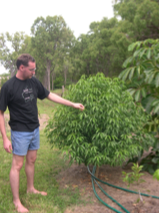 Plants are a bit like people. If you teach a baby how to behave correctly right from a very early age, the child will grow to adulthood just as you would like. On the other hand, if you decide to let the baby do as it pleases with no discipline then it will quite likely become a juvenile delinquent, and this will be difficult to change.
Plants are a bit like people. If you teach a baby how to behave correctly right from a very early age, the child will grow to adulthood just as you would like. On the other hand, if you decide to let the baby do as it pleases with no discipline then it will quite likely become a juvenile delinquent, and this will be difficult to change.
Pruning doesn’t have to be hard work, but it should be done from an early age and not let get out of hand.
Natives actually require very little pruning – once you’ve set the shape in the young plant, you can usually sit back and enjoy the results.
Wet Climates:
Natives in wet climates sometimes need a bit more attention, particularly bottlebrushes and tea-trees. This is because the wet climate promotes faster growth, and plants grow taller and more spindly than you might like.
Hard Pruning:
If your plants look lanky and untidy, then prune them back into the hard wood much as you would prune a hibiscus. There’s no hard and fast rule about how far back you can prune, except that the further back you prune, the greater risk you run of killing the plant. Stand back before you cut and try to imagine what the plant will look like when it reshoots, and use this as your guide to where to cut.
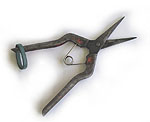
When to Prune:
- Tip-pruning can be done any time.
- Hard pruning should only be done during the growing season, i.e. all year on the coast, but only spring and summer on the upper Tablelands.
Handy Tips for Pruning Natives
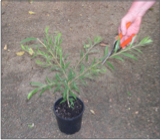 |
Start young! |
 |
Tip prune regularly. |
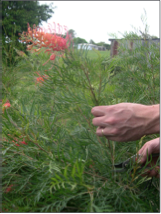 |
Pick flowers for your vase. |
 |
Prune off old flowers. |

